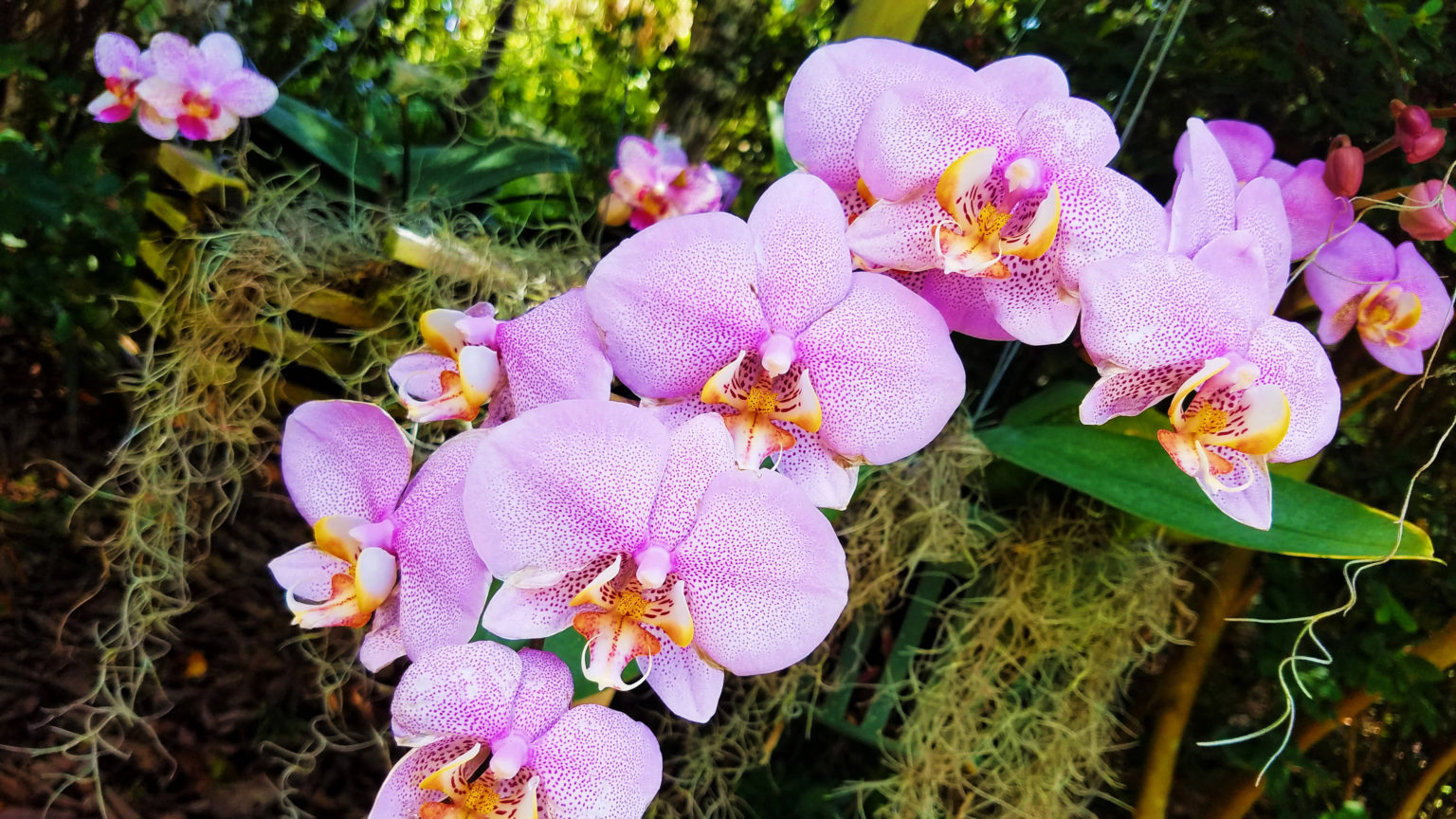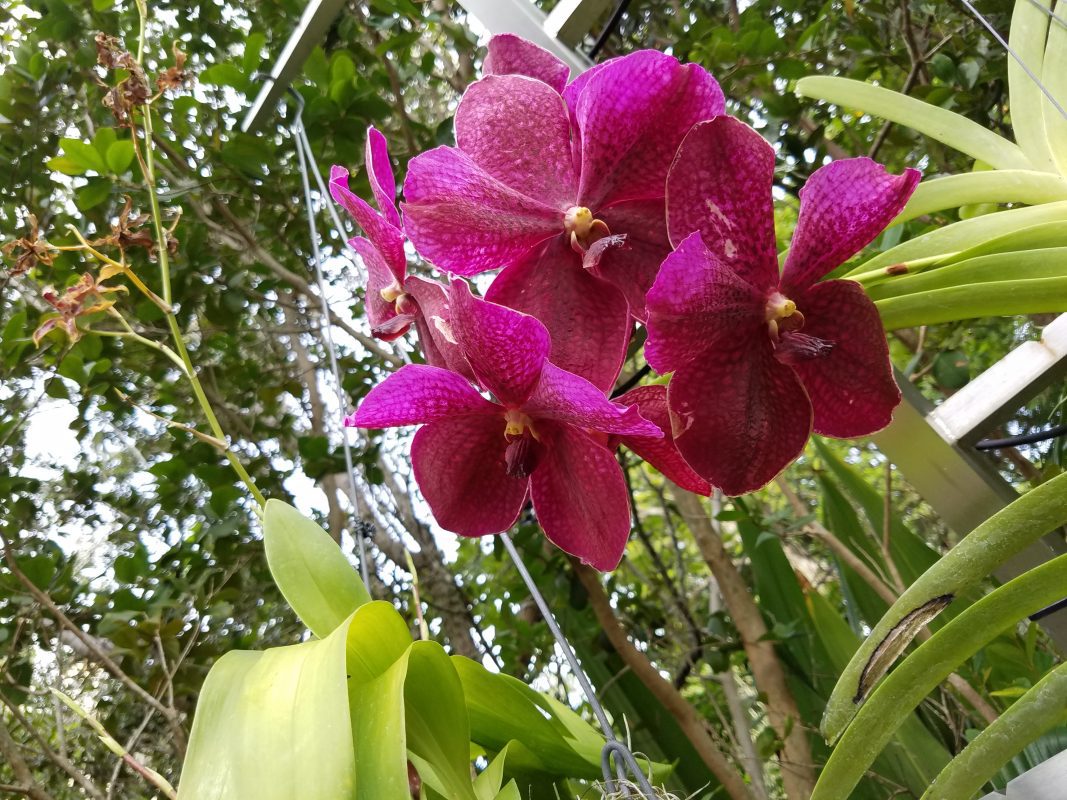ORCHID CARE FOR BEGINNERS: VIDEO CLASS
Check out the full class for FREE on Vizcaya’s YouTube channel
Orchid Care for Beginners: An Orchid Class from Vizcaya
With the rise of nature-themed and plant-centric interior design, it’s no wonder that orchids have become one of the most popular houseplants in the past few years. From the beautiful blooms to the low-maintenance care, these exquisite flowers make a perfect addition to any home.
But the aesthetic appeal of orchids isn’t the only reason to love them. These unique flowers have a fascinating history and come in an incredible variety of colors, shapes, and sizes. Not to mention, they offer some pretty amazing health benefits too!
If you’re thinking about adding an orchid (or two!) to your home, then this post is for you. We’ll be covering everything you need to know about these lovely plants, from choosing the right one to caring for it once you bring it home.
Plus, our orchid class at Vizcaya will give you the chance to learn even more about these unique flowers! So, without further ado, let’s dive into the wonderful world of orchids.
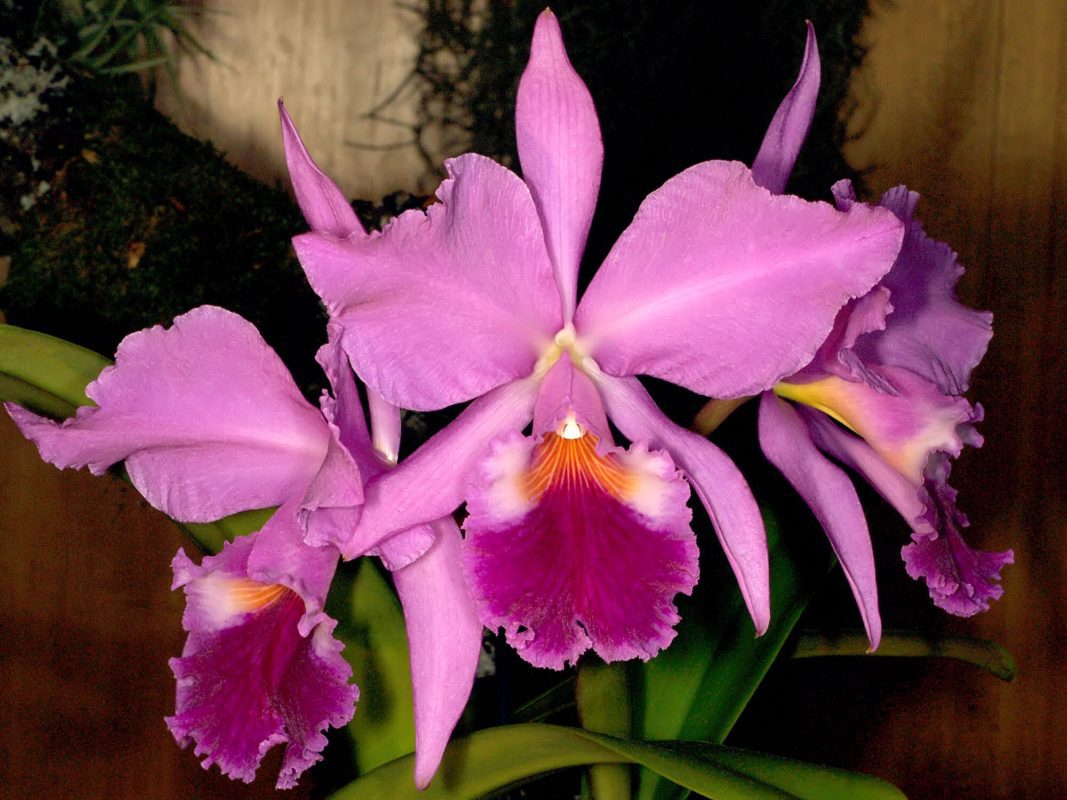
The History of Orchids
There’s more to the orchid plant than meets the eye. With exotic, beautiful blooms, it’s easy to forget that these flowers have a long and fascinating history, one that dates back over 120 million years.
Turn back the clocks to the early days of the dinosaurs, and you’ll find that orchids were already around. As primordial forest began to give way to swampy wetlands, the orchid’s ancestors began to adapt. This adaptation would prove to be crucial for the orchids’ survival.
In every corner of the globe, you’ll find different species of orchids. From the cold, temperate regions of Europe and North America to the tropical rainforests of South America and Asia, these flowers have managed to take root and thrive.
Hailing from such a diverse range of habitats has given rise to an incredible variety of orchids. In fact, there are over 25,000 different species of orchids in the world today!
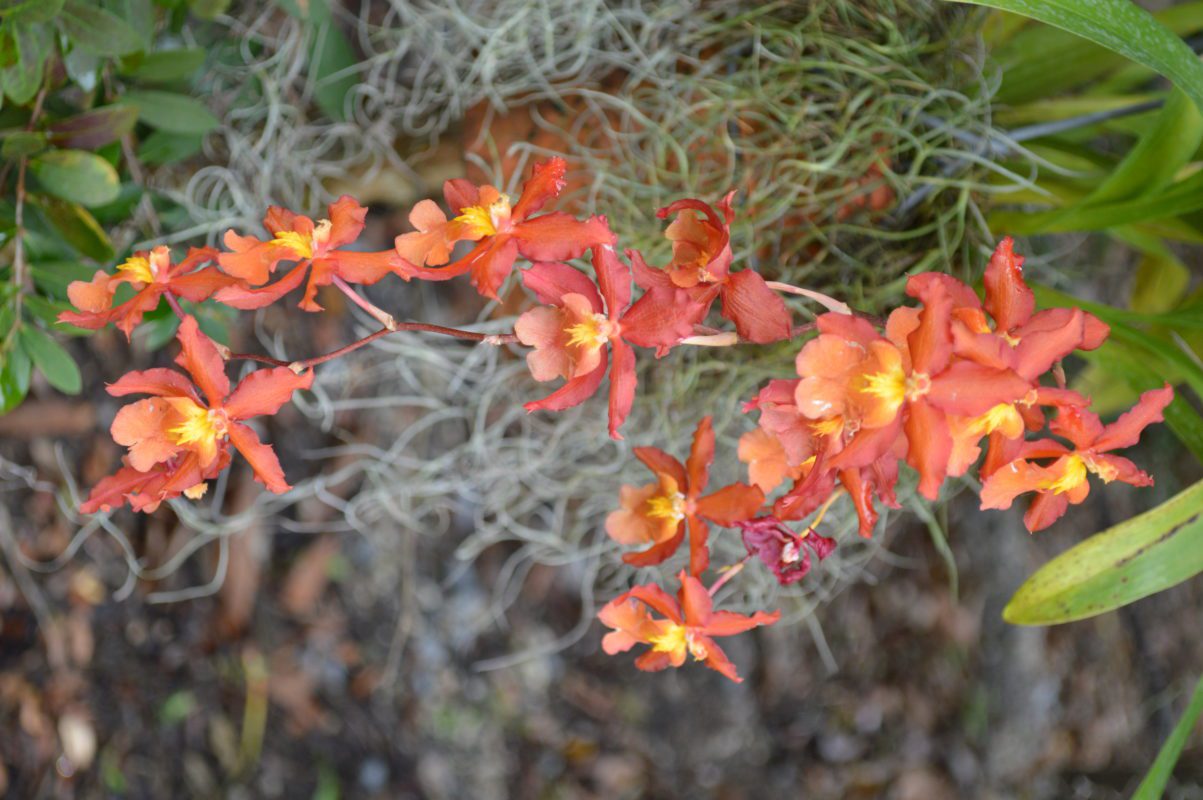
Defining ”Orchid”
The word orchid comes from the Greek word ‘orchis,’ which means testicle. This rather unusual name is thought to be a reference to the shape of the plant’s root system, which resembles a man’s testicles.
Hover over the image for a closer look at an orchid’s root system. Can you see why they might have been given this name?
Orchids have been coveted by humans for centuries. In ancient Greece, they were associated with virility and were often given as gifts to newlyweds. In the Victorian era, they symbolized luxury, beauty, and love. Today, these flowers are still a popular gift for anniversaries, birthdays, and Valentine’s Day.
Now that we’ve covered a brief history of these fascinating flowers, let’s take a closer look at the different types of orchids that you might encounter
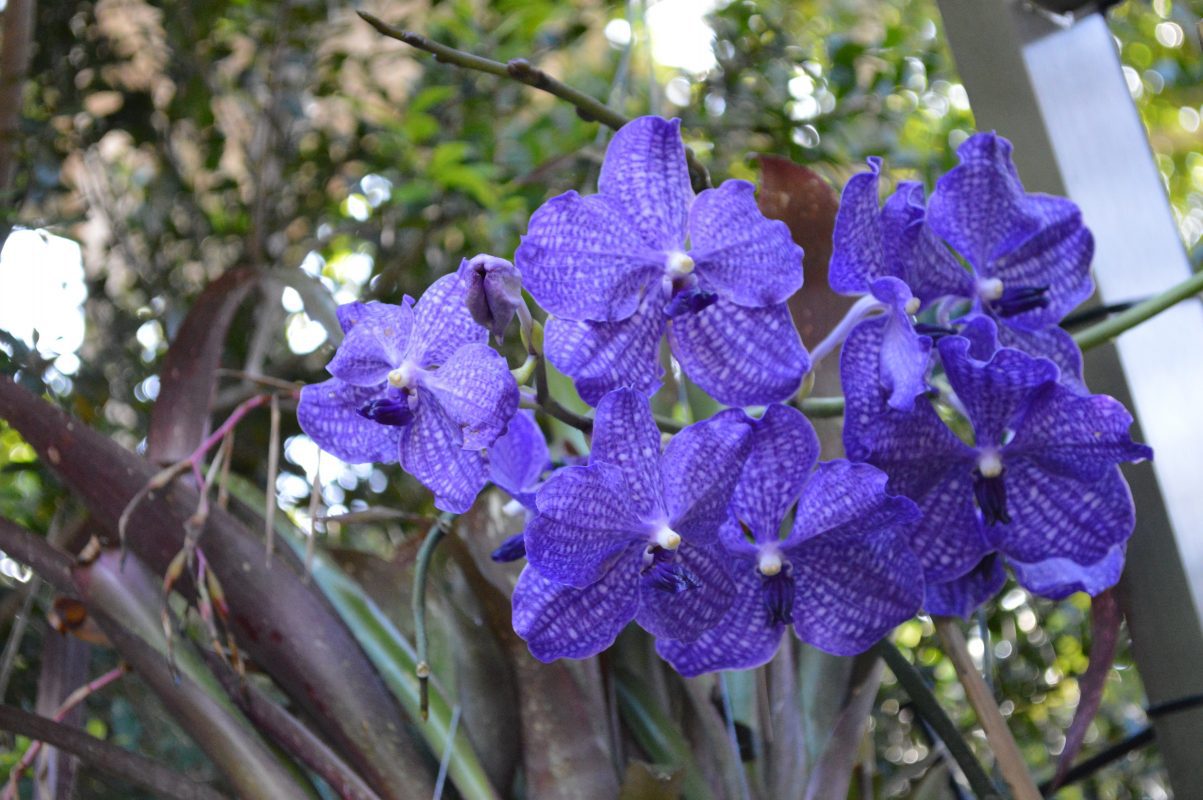
The Orchid Family
There are countless different species of orchids, but they can all be classified into one of two main groups: epiphytic and terrestrial.
- Epiphytic orchids are the most common type of orchids. These plants grow on other plants instead of in the ground. They’re often found in trees or on rocks, and they get their nutrients from the air and rainwater.
- Terrestrial orchids grow in the ground like most other plants. They’re usually found in humid environments like forests or meadows.
This may seem like a small distinction, but it’s actually quite important. After all, you wouldn’t carry out orchid care on a Terrestrial the same way you would an epiphytic one!
You’ll find out more about the different needs of each type of orchid in our orchid class, which covers everything you need to know about caring for these flowers.
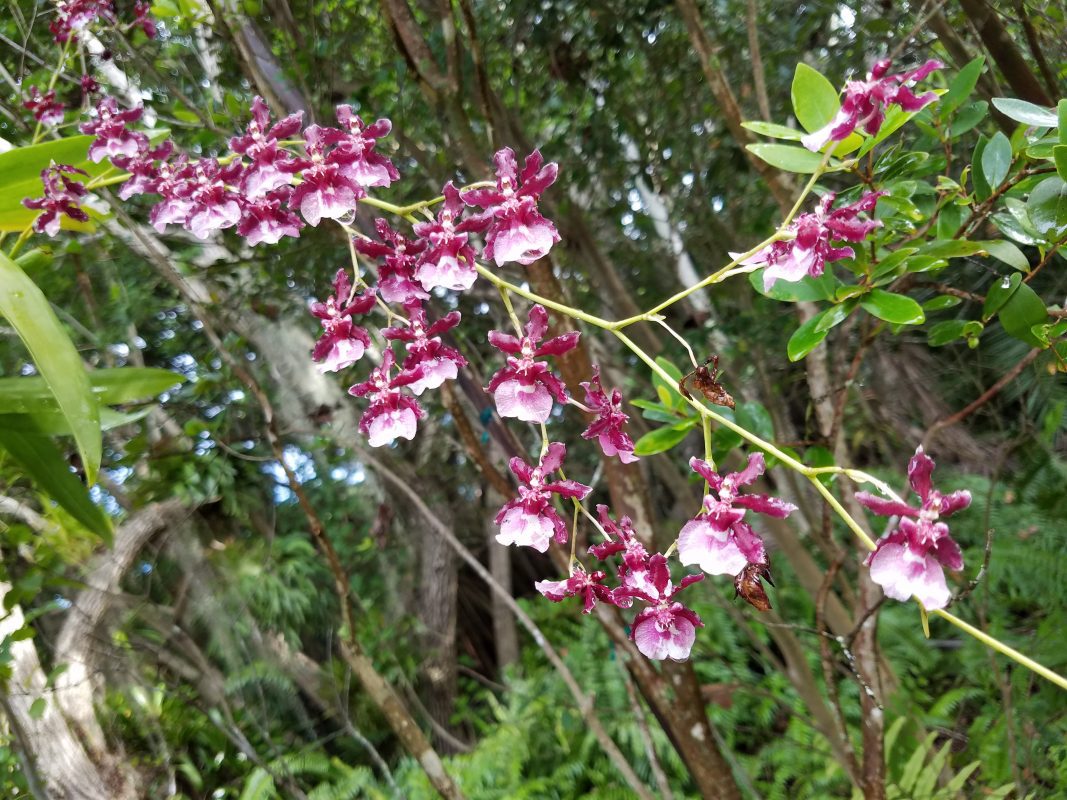
Popular Types of Orchid
Hailing from such diverse habitats has given rise to an incredible variety of orchids. Amongst the long list of orchid species, there are a few that stand out as being particularly popular with growers. Orchid care for beginners can be daunting, but starting with one of these species is a great way to get your feet wet.
Phalaenopsis
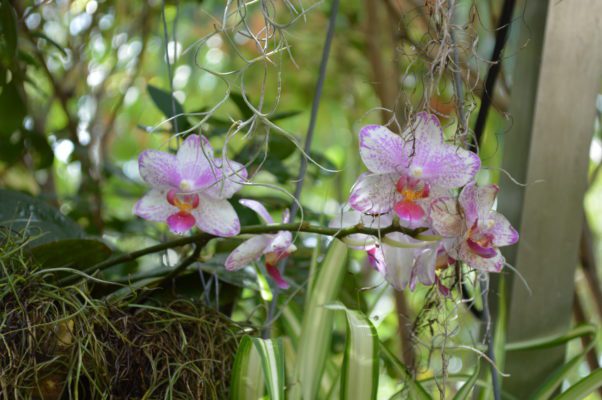
Also known as moth orchids, Phalaenopsis orchids are some of the most popular houseplants around. This is because they’re easy to care for, primarily because they’re epiphytic orchids. As we mentioned earlier, epiphytic orchids are adapted to living in trees instead of in the ground. This means they don’t require a lot of watering or fertilizing.
These flowers are often quite large, which makes them a real showstopper in any setting. Unleashing your inner green thumb with a Phalaenopsis orchid is a great way to get started in the world of orchid growing.
Both garden centers and supermarkets are likely to sell Phalaenopsis orchids year-round. If you’re looking for a low-maintenance plant that will brighten up any room, this is the species for you!
Cattleya
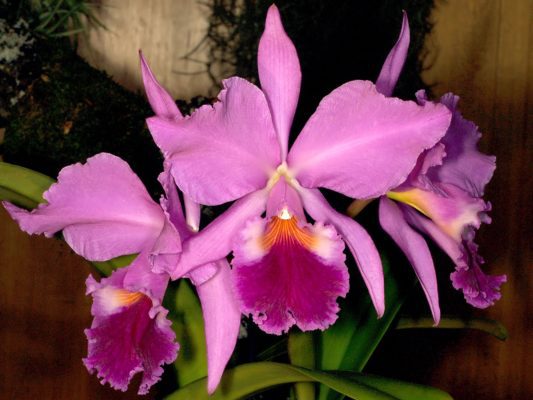
Cattleya orchids are some of the most colorful and vibrant flowers in the world. They’re often used in corsages and bouquets because of their showy blooms. The flowers of a Cattleya can be wide and bright, reaching up to 20cm in diameter, which bloom from fall through spring.
This species is a little more finicky than Phalaenopsis orchids, but they’re still relatively easy to care for. Cattleya orchids are terrestrial, which means they grow in the ground instead of on other plants. This makes them a little less drought-tolerant than epiphytic species.
Dendrobium
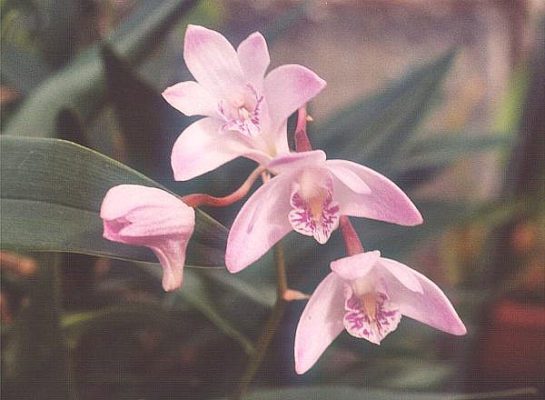
Dendrobium orchid plant care may be slightly more challenging than other species, but these flowers are well worth the effort. They require slightly cooler growing conditions and must be placed in less humid environments. It’s also crucial to note that watering schedules for this species will vary depending on the time of year.
For instance, you should reduce watering during the fall and winter months. However, during the spring and summer, you’ll need to water more frequently to prevent the plant from drying out.
Like Cattleya orchids, these flowers come in a wide range of colors. You can find them in shades of white, yellow, pink, and purple. One of the most popular varieties is Dendrobium mobile, which has long been used in traditional Chinese medicine.
Ascocenda
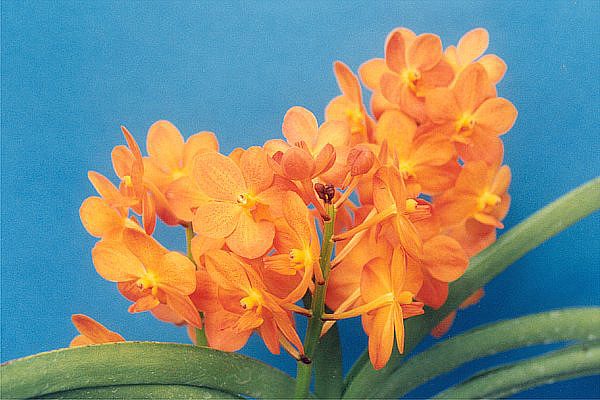
Ascocenda orchids are hybrid species created by crossing Ascocentrum and Vanda plants. These flowers are often quite large, yet they have a delicate and fragile appearance due to their Ascocentrum parentage.
This orchid species is very easy to grow. They don’t require a lot of water, and they can withstand high humidity levels without any problems. It may be a great option for those looking for an easy-to-care-for hybrid species.
Vanda
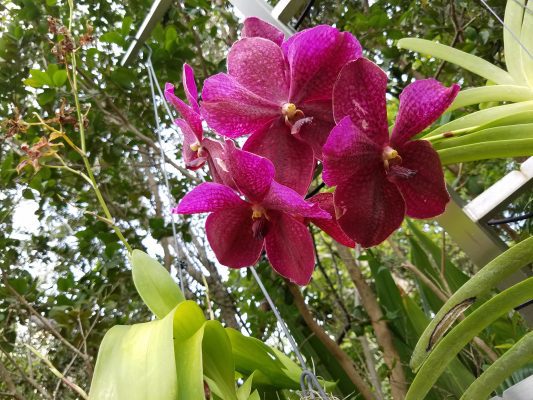
The Vanda orchid seems to be a popular choice for growers of all experience levels, and it’s not hard to see why. These flowers are absolutely stunning, with vibrant colors that range from deep purple to bright pink. They’re also quite fragrant, making them an absolute delight for the senses.
The large, flat leaves of the Vanda orchid are another critical feature. They’re a deep green color and provide an excellent backdrop for the flowers.
One thing to keep in mind with Vanda orchids is that, unlike other orchids, they require a lot of light. If you don’t have a bright, sunny spot in your home, you may want to consider another species.
Cypripedium

Cypripedium orchids, also known as lady’s slipper orchids, are some of the most unique-looking flowers in the world. Their massive flower pouch resembles a slipper, hence their common reference. Plenty of water is needed when growing Cypripedium orchids in the flowering season, as they’re very susceptible to drought.
It’s also essential to create a well-aerated growing environment. Multipurpose compost will do the trick, or you can use a mixture of two parts peat and one part limestone grit. You can learn more about the best-growing mediums for Cypripedium orchids in our comprehensive orchid course.
Choosing Orchids: How to Select Healthy Plants
Orchid plant care starts with choosing healthy plants. Here are a few tips to help you select the best possible specimens:
- Look for orchids that have plump, firm pseudobulbs. These are the thick stems that store water and nutrients. If they’re mushy or wrinkled, that’s a sign the plant is unhealthy.
- Carry out a root check. Check the roots to make sure they’re white or light green in color. Avoid any plants with dark brown or black roots, as these are usually dead or dying. Look for healthy leaves that are a deep green color. If they’re yellowing or wilting, that’s a sign of stress.
- Avoid flowering orchids. In general, it’s best to avoid flowering orchids. These plants are often over-stressed and close to dying, and the flowers themselves are usually of poor quality.
- Use a reputable seller. If you’re buying an orchid online, make sure you purchase from a reputable seller. Read the reviews before making your decision, and always choose a seller with a good return policy. That way, you can return the plant if it arrives in poor condition.
- Choose strong spikes. When selecting an orchid, take a look at the flower spikes. They should be thick and strong, with no signs of rotting or browning. It’s also a good idea to check for pests, as these can cause severe damage to your plant.
- Do the sniff test. Last but not least, give the plant a sniff. Orchids should have a pleasant fragrance, so if it smells bad, that’s a sign the plant is unhealthy.
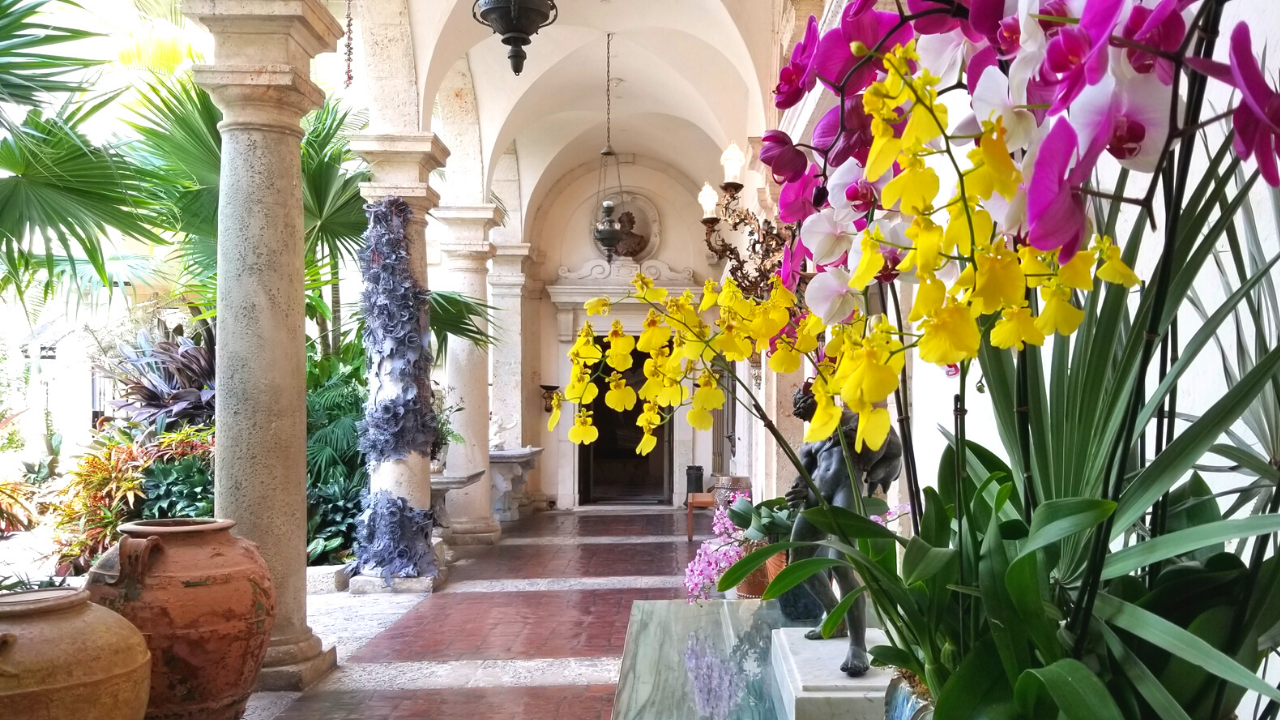
The Benefits of Orchids
Orchids are not only beautiful, but they also offer a range of benefits. Here are some of the reasons you may want to consider adding these flowers to your home:
- Orchids can purify the air. Studies have shown that orchids can remove harmful toxins from the air, making them a great natural air purifier.
- Orchids can boost your mood. The sight and smell of orchids has been shown to boost levels of serotonin in the brain, which can improve your mood and increase feelings of happiness.
- Orchids can help you focus. If you’re struggling to concentrate, a few strategically placed orchids could make all the difference. The fragrance of these flowers has been said to improve focus and concentration.
- Orchids can boost your creativity. If you’re feeling stuck in a creative rut, orchids could be the answer. Their vibrant colors and unique shapes are known to inspire creativity and help spark new ideas.
How to Care for Orchids
Orchids are delicate flowers, so they require special care. That’s precisely why we went ahead and created a comprehensive orchid course that covers everything you need to know about taking care of these plants.
The course will start with four videos that dive into specific types of orchids (Dendrobium, Phalaenopsis, Vandas, and Cattleya). You’ll learn everything you need to know about these flowers, from choosing the right specimen to watering and fertilizing. Among the instructions, you’ll also find demonstrations on how to pot or repot specific plants, as well as how to mount them.
As part of the Vizcaya orchid course, you’ll also gain access to two BONUS episodes that include:
- A recording of a Livestream Q&A with orchid specialist Axel Cahiz
- A recording of a one-hour orchid class taught as a Livestream with both Axel Cahiz and Vizcaya horticulturist David Hardy.
The nature among us is a great source of comfort, relief, and beauty, now more than ever. Connect with it through this orchid course and find a new sense of peace in your home. Allow your orchids to thrive under your care and fill your space with their elegance. You won’t regret it.
Preview the Vizcaya Orchid Class
As a celebrated public garden, Vizcaya takes pride in its orchid collection. Thanks to the love and care of orchid specialist Axel Cahiz, the museum not only boasts thousands of beautiful specimens but is also on its way to building a one-of-kind collection of Cattleyas.
Hurry, this orchid course is only available for a limited time! Enroll now to take advantage of our early bird pricing – just $20 for the entire orchid class!
To check out a sample section from this class, watch the video below where we go over how to repot a Dendrobium orchid.
Let’s Get Started
Check out the full class for FREE on our YouTube channel:
Got questions? Send us an email and let us know how we can help!


